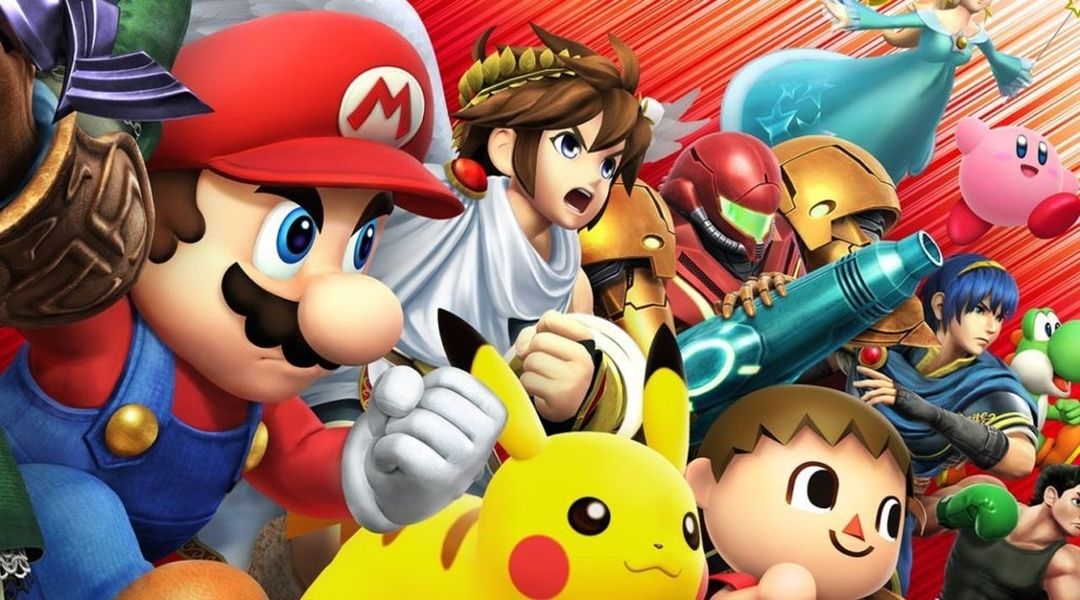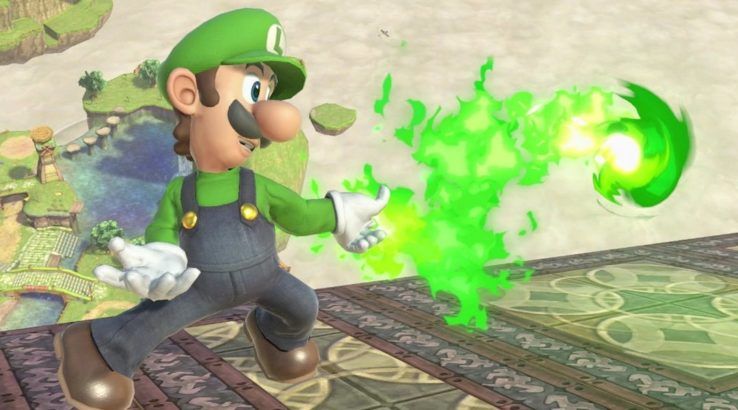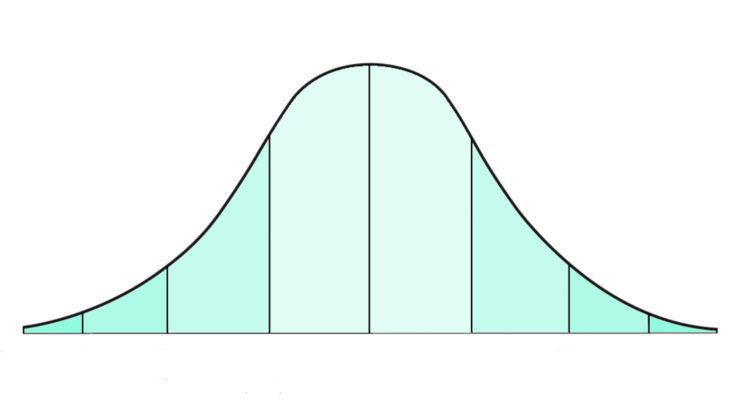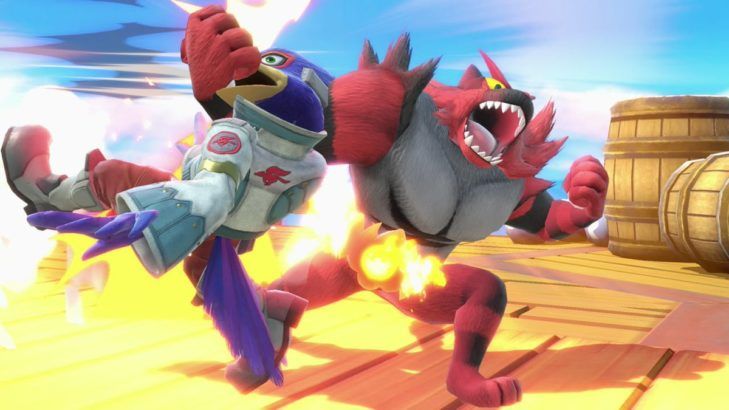As more players begin to go head-to-head through Super Smash Bros. Ultimate's online matchmaking, some may find the game's ranking system, Global Smash Power (GSP), slightly confusing. Fortunately, GSP is a simple concept, and its fluctuations–which may initially feel random–are easily explained.
To begin, each of the game's fighters has a GSP that changes based on a player's online performance with that character. The GSP increases when a match is won, and decreases when it is lost. This value can be viewed when selecting a character for battle or through Super Smash Bros. Ultimate's Vault menu, and it simply indicates how many other players have a worse online performance.
This GSP system is used as an alternative to giving each player a concrete ranking (e.g. the best performing player being ranked number one), and it informs the game's matchmaking. That is, Super Smash Bros. Ultimate looks to pair players with similar GSP.
When Super Smash Bros. Ultimate players begin to battle online or start to use a new character, they may notice that their GSP is fluctuating wildly, with a win granting them a huge amount of GSP and a loss having the exact opposite effect. This is due to the game only having a small number of match results to use when determining that new player's rating.
For example, if a Smash Ultimate player has only four matches played with a character, each individual match constitutes 25% of their results. By contrast, a match for a player with 100 games under their belt is only 1% of their experience. As such, each match for the newer player is weighted more heavily, and it is likely to have a greater impact on their GSP.
However, some established players may still encounter large jumps in their GSP, while others may see almost no change at all. This is because GSP gains and losses are not concrete, but instead they are relative to a player's position within the overall GSP rankings.
Redditor averysillyman explains this phenomenon by noting that the skill level of the entirety of the player base for Super Smash Bros. Ultimate can be roughly estimated as a standard bell curve. This means that a majority of players will be close to average at the game while only a handful will be exceptionally good or bad.
Since there are so many average players, the average GSP is very densely populated, and a single win for one of these players has the potential to put them ahead of a significant number of fighters as a result. On the flip side, there are far fewer players at the extremes of the game's rankings, and thus a very good (or bad) player has fewer comparable players to jump with each win. This means that average players are much more likely to see large changes in their GSP.
While understanding GSP and its fluctuations is relatively straightforward, some players may still be wondering how it informs Elite Smash, an online mode that is made available to Super Smash Bros. Ultimate's best players. What is currently known is that gaining access to Elite Smash requires players to be in a top percentile of the player base, though the exact percentage is not known. This means that the GSP required for Elite Smash varies as overall player ranks change, and it is not static.
If Nintendo can find a way to provide more consistent clarity about the GSP that players need to obtain in order to join Elite Smash, most aspects of the game's ranking system will be more well defined. It is clear that the company is committed to improving Super Smash Bros. Ultimate's online experience, as indicated by a recent patch that improved its matchmaking. So, it seems plausible that the Big N will find a solution for this issue as well.
Super Smash Bros. Ultimate is out now for the Nintendo Switch.
Source: Reddit




